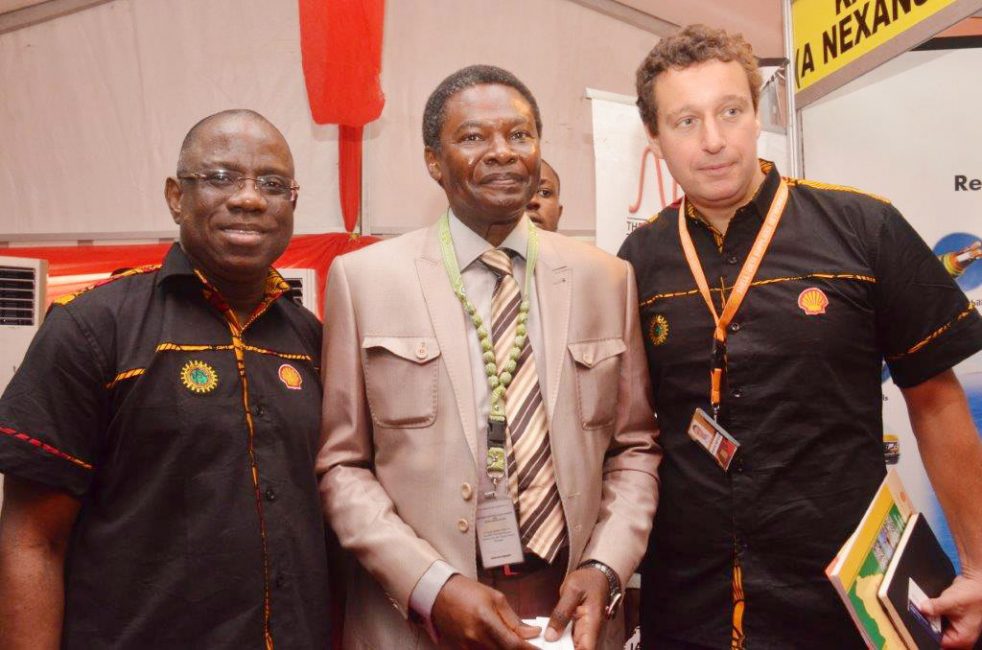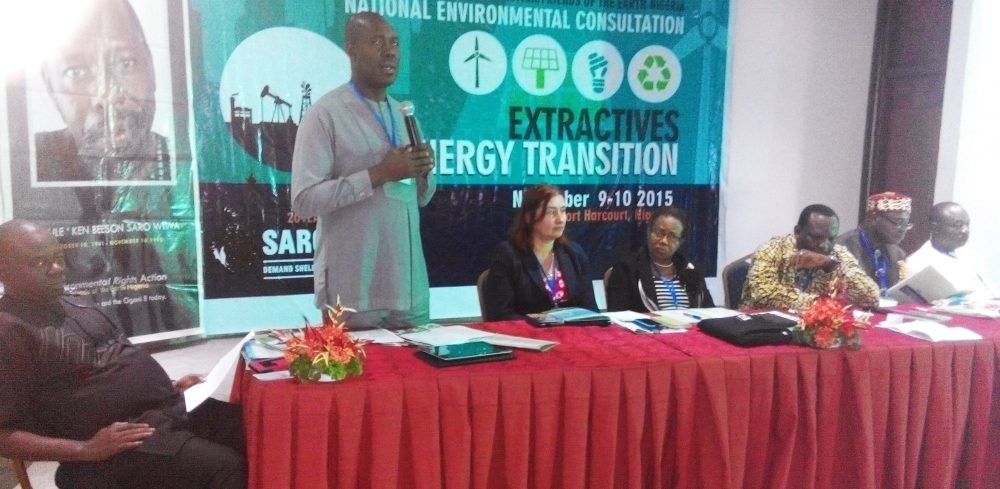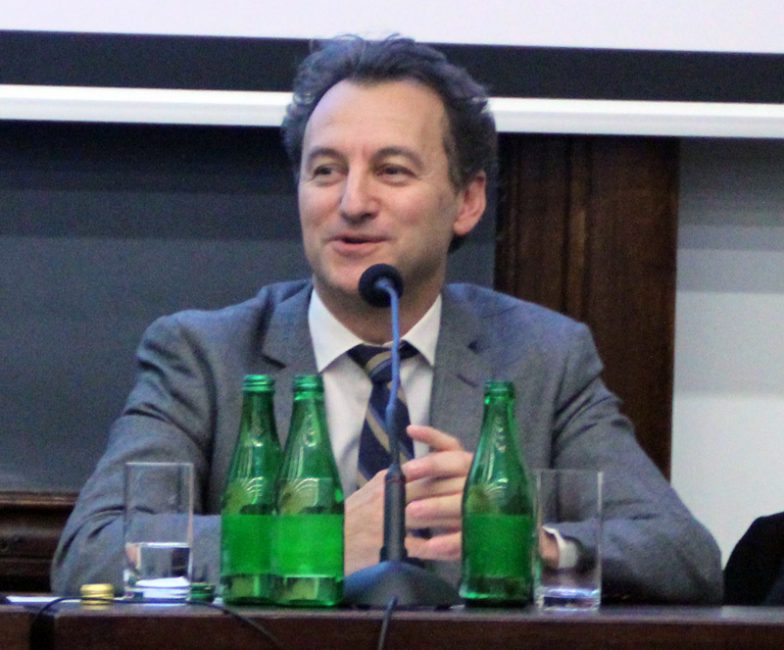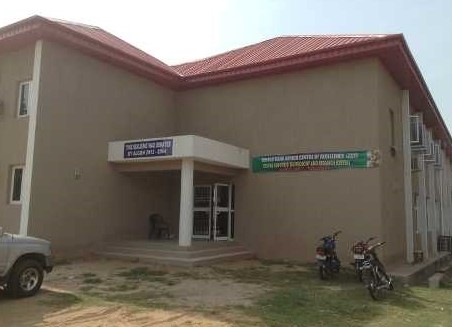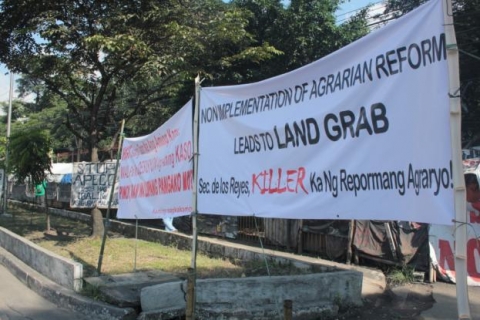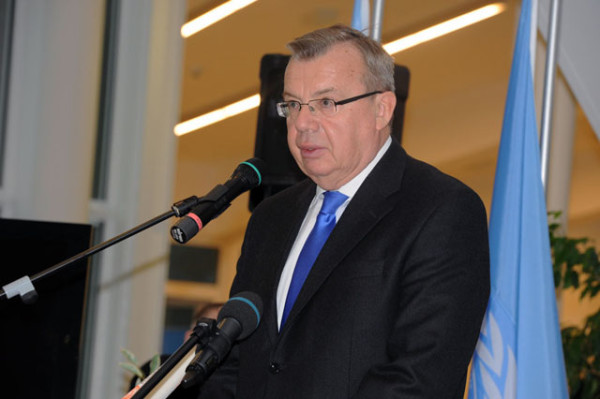In the June 21, 2015 edition of EnviroNews, this writer wrote an article titled “How to tame Lagos gridlock,” wherein some of the causes responsible for the daily traffic congestion in Lagos Mega were identified. Some solutions on how to ameliorate the problem were also proffered in the article under reference.

Recently, it was reported in the media that Governor Akinwunmi Ambode had embarked on the reorganisation of Lagos State Traffic Management Authority (LASTMA) as part of the efforts to tame the city’s gridlock. The Governor, in October 2015, appointed a new Chief Executive Officer, a retired Assistant Inspector-General of Police (AIG), Mr. Kayode Olamkpe, as the helmsman of LASTMA. He sacked a couple of the management staff and injected new blood into the Authority.
The Governor gave the new CEO and his team of officials the directive that they must change the traffic situation in the mega city for the better. Mr. Olamkpe must bring his profound experience as a “super cop” to bear on the performance of the Authority he was appointed to superintend. Governor Ambode publicly declared that the present gridlock in Lagos was unacceptable; but not insurmountable (my emphasis). Hence, he solicited the co-operation of all stakeholders to combat the menace.
Another step in the right direction taken by the Governor in addressing the problem was the agreement he reached with the Tanker Drivers’ Union and the Nigerian Ports Authority (NPA), which also made headline news in the dailies. As reported, the executive of the Tanker Drivers’ Union had voluntarily agreed that its members would desist from parking their vehicles at unauthorised places on Lagos roads once the NPA provides designated parking facilities for their use. The NPA has promised to fulfill its part of the agreement within a stipulated timeframe so that the tanker drivers would commence using the authorised parking lots.
It was equally reported that some Local Government Areas (LGAs) within the city had constituted the Traffic Volunteer Corps (TVC) to complement the efforts of LASTMA in traffic management. This is a welcome development. It is hoped that the LGAs would be able to sustain the new initiative.
However, as much as Governor Ambode made valiant efforts to unchain Lagos from the firm grip of daily traffic lock jam, we are suggesting new creative approaches and desirable actions which are worthy of his immediate consideration and implementation being the Chief Executive of Lagos State.
We propose as follows:
Lagos should adopt Walk (Your City) concept
Walk (Your City) was the ingenuity/creative idea of an American urban designer and activist, Matt Tomasulo, based in Raleigh, North Carolina in the United States of America, which unexpectedly became a “Global Movement” whereby cities are encouraged to adopt a “walking culture.” At the inception of the idea in Raleigh, North Carolina, Matt Tomasulo thought of how to make the city user-friendly and encouraged walking among the city residents instead of driving their cars very often. Tomasulo opined that: “a big obstacle to walking is this perceived barrier of a destination being ‘too far’; when in fact it is a walk-able distance.”
To correct this erroneous public impression, in 2012, Matt started a project code-named Walk Raleigh and created low-cost handy tools made up of 27 corrugated plastic signs which he posted on utility poles in three popular zones within the city of Raleigh overnight. The signs simply contained directional/walking distance messages of how long it would take to walk to nearby destinations within Raleigh such as a sporting arena, civic centre, school, train station, bus stop, government building (for example: city hall, museum), bank, historical district, popular monument and other places of interest for both local residents and visitors to Raleigh.
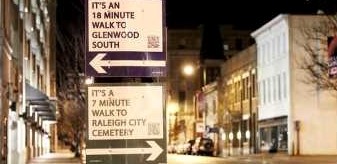
The signs caught the attention of Raleigh municipal administrators, who officially adopted the concept and incorporated it into its city-marketing strategy, by show-casing how walkable the city is. Walk Raleigh caught the bug among the city’s residents who now prefer to walk more often than driving. And with less driving, traffic congestion on the city roads reduced drastically. Added to this, Raleigh-ites are enjoying health benefits of walking, way-finding is easier and there are more people on the city streets fueling more social interaction and helping citizens becoming more engaged.
The novel idea of Walk Raleigh had since given birth to a “world-wide movement” known as WALK (YOUR CITY) with a dedicated website launched in November 2013. The website enables users to generate customised street signs in order to improve walkability of their cities’ neighborhoods. Cities across the globe have initiated their own fashion of the project. We now have Walk London, Walk Amsterdam, Walk New York, Walk Beijing, Walk Sydney, Walk Mexico, Walk Paris and Walk Moscow, among the most popular global examples. In essence, Matt Tomasulo, the originator of the creative idea, is a shining example of what is known in planning parlance as Tactical Urbanism. That is: direct action people can take without waiting endlessly for city leaders. In other words, he took a short-term action that precipitated a long term change in Raleigh in particular, and the world at large.
This expose is to draw the attention of the Lagos State Governor to what is trending about cities around the world and how innovative idea (with low-cost wayfinding signs) can be applied to solve urban problems. More often than not, cities are held back by Analysis Paralysis – too much studies never got implemented. Therefore, it is being suggested that Governor Ambode adopt Walk Lagos as a strategy to encourage walking among the residents of Lagos Mega City. If people imbibe the culture of walking to go to places that are walkable, instead of using their cars, there would be less vehicles on the road leading to drastic reduction in environmental pollution and cleaner air for people to breathe to stay healthy.
The trio of Ministries of Transportation, Physical Planning and Information should collaborate and agree on the templates of the signage to use and where such directional signs would be posted within the nooks and crannies of the mega city. For effect, Lagosians should begin to see in public places catchy sign messages such as:
- 7-minute walk to Lagos State Secretariat
- 10-minute walk to Sheraton Hotel
- It is a 15-minute walk to the National Stadium
- The Federal Museum is 25-minute walk from here
- Freedom Park is 16-minute walk by foot
- You can walk to University of Lagos in 14 minutes
- The local airport is 17 minutes by foot
- You are 22 minutes walking distance to Lagos Central Business District
- Tejuosho Market is walkable in 23 minutes
These signs are to deliberately erase the erroneous perception of places being too far to walk by foot thereby boosting walkability in Lagos. By using this approach, government would consciously change people transportation choices for the better and create new opportunities for public participation.
Make Lagos streets pedestrian-friendly
To kick-start Walk Lagos, the LASG would need to urgently take certain actions to support and encourage walk trips. Such actions would include the provision of pedestrian infrastructure, sustainable public enlightenment campaign for attitudinal change and blanket prohibition of street trading. If walking on the streets of Lagos is to appeal to pedestrians, there must be conducive environment for them to do so. As presently constituted, most of the streets lack walkways for pedestrians. Motorists and other street users are always in competition for space on Lagos roads and in the process, traffic get disrupted, stalled and gridlocked. For Walk Lagos to be a successful campaign, the government, as a matter of urgency, must begin to rehabilitate most city streets where human traffic is high and retrofit them with walkways for the convenient use of pedestrians.
Ban street trading
The notoriety of street traders in Lagos is public knowledge. The traders are always in constant clash with officials of Kick Against Indiscipline (KAI). There are also traders who display their goods on pedestrian walkways where they are provided, which should not be so. Both habits are condemnable and must be discouraged. The adverse effect on the free flow of traffic and the danger inherent in street trading should be intensified in the public enlightenment under this dispensation that the city is experiencing daily gridlock. Lagos might want to understudy Addis Ababa in Ethiopia, a sister African city, as a ‘model’ in how to curb street trading. The city was adjudged the most pedestrian-friendly city in Africa in 2013 by Future City, a quarterly periodical on planning in Africa. The walkways for pedestrians in Addis Ababa are free of obstruction because traders are strictly prohibited by law not to display their goods on the sidewalks. What we consider impossible in Lagos could be out of ignorance, but experience from an African city where street trading has been successfully banned by law can invoke a change of attitude among Lagosians.
LASTMA must change its modus operandi
Governor Ambode’s body language about the un-impressive performance of the Authority was very clear to discerning minds. Having overhauled the Authority and injected new blood, the Governor expects a change for the better. LASTMA officials require new orientation. The Authority will perform better by employing experienced personnel and must ensure that those hired with no experience are properly trained on the rudiments of traffic management before they are sent to the street to control traffic. Finally, there must be zero-tolerance for venality. Any officer caught in the web of corruption must be sacked with immediate effect to serve as deterrent to other unscrupulous officers. Need is often a prime driver of innovation. Lagos gridlock requires innovative and sustainable approach, not ephemeral solution. It is about time Lagos joins the league of global cities of Walk (Your City) movement.
By Town planner (Tpl.) Yacoob Abiodun (former Secretary, National Housing Policy Council, in Hayward City, California, USA.)

